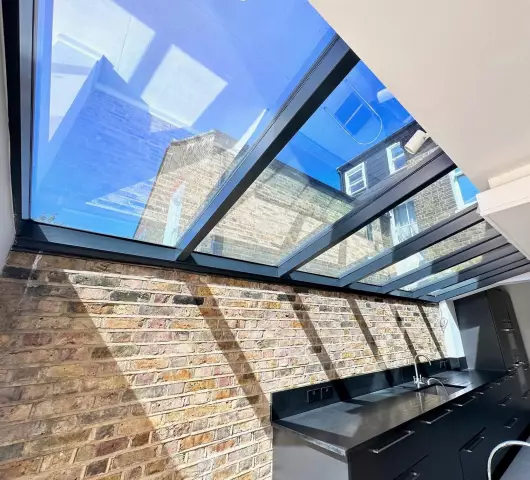Veneers

Veneers are thin plates that cover the teeth. Veneers look great, have good working qualities and useful functions. These semi-transparent onlays are as hard as the tooth itself. They allow you to change the color of teeth, shape, correct dentition defects and achieve a dazzling smile. It is enough to see a photo of veneers before and after the procedure.
The very first to use the so-called Hollywood veneers - white plates that are attached to the front of the tooth. Later, full (cosmetic) plates appeared. Cosmetic plates not only improved the appearance of the tooth, but also protected the tooth that was starting to decay. Due to the significant thickness of the veneers, the layer of tooth enamel had to be removed at that time. Modern veneer is a combination of aesthetics and dental protection. The thickness of a modern veneer does not exceed half a millimeter, which minimizes the removal of the tooth enamel layer.
Indications for the use of veneers
Veneers are installed on the teeth for patients when the color of the teeth changes with age, when the shape of the teeth changes due to abrasion, trauma, with pigmentation of the tooth enamel that does not undergo bleaching (fluorosis, pigmented enamel cracks, tetracycline teeth).
Dentists usually advise to install veneers on the teeth in the presence of diastemas, with underdeveloped (thorn-like) teeth, the enamel of which is destroyed, as well as if the bite of the transverse dimensions of the teeth does not match, with a slight displacement of the tooth along the vertical axis. These plates are also worn with an uneven contour of the necks of the teeth, gingival smile, the presence of many defective fillings, when the group of the tooth is changed (for example, using a veneer, a canine canine can be turned into a lateral incisor).
Advantages and disadvantages of veneers
When using veneers, teeth have an absolutely natural look. Reviews of veneers say that they do not fade over time, and stains do not form on them. In the future, there is almost no accumulation of plaque on the restored teeth.

However, it should not be forgotten that when these plates are strengthened, tooth enamel is eroded. The cut enamel will no longer be possible to restore without using any restoration methods. Due to its fragility and fragility, the veneer can easily peel off the tooth. Another disadvantage is that the adhesive will protrude slightly at the edges when the veneer is installed, staining the edges of the veneer. Some reviews of veneers say that they should not be installed for gum disease. Also, you cannot use them on decayed and thinned teeth prone to caries.
Types of veneers
Veneers are usually made from zirconium oxide, ceramic and / or composite. Composite veneers can be produced indirectly or directly. When installing composite veneers made by a direct method, the dentist treats only the part of the tooth that needs to be changed. The advantages of composite plates include speed of manufacture and slight grinding of hard tooth tissues. For example, a tooth gap is closed without any teeth turning at all. In the direct method, the physician uses mini-filled, hybrid composites and nanocomposites. Indirect composite plates are usually installed when the tooth surface is significantly damaged.
Composite veneers have many disadvantages. This is increased abrasion, swelling of the composite in the oral cavity in a humid environment, often leading to bleeding and irritation of the gums, gingivitis. The disadvantages of composite plates include their fragility, depressurization of the margins of the restoration and pigmentation of the margins of the restoration over time. Composite veneers are characterized by low strength and low masking ability with a significant change in tooth color. They are not resistant to the perception of alcohol-containing substances. A composite restoration can last for a patient from three to nine years. The service life of the composite plates depends on the level of oral care as well as the functional load on the plates.
Ceramic veneers are considered to be the most hygienic, gentle and durable today. They are very easy to clean. They practically do not form a plaque. In terms of physical characteristics, ceramic veneers are very similar to tooth enamel.
Ceramic plates are made in the laboratory. First, the doctor sends an impression of the patient's teeth to the dental laboratory. In the laboratory, ceramic veneers are made in a classical way (by layering ceramic powders), by pressing ceramics (injection molding) or by milling and solid blocks. After coloring the manufactured veneer with special paints (in accordance with the color of the adjacent teeth), the ceramic veneer is fixed with cement on the tooth. Many reviews of veneers confirm that ceramic plates are stronger and more durable than composite veneers. The result of the installation of ceramic veneers is usually demonstrated by specialists even before the procedure. Photos of veneers before and after the procedure perfectly prove its success.
Found a mistake in the text? Select it and press Ctrl + Enter.






